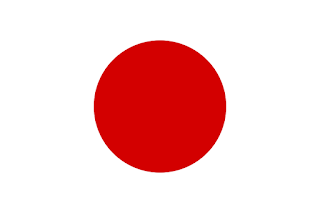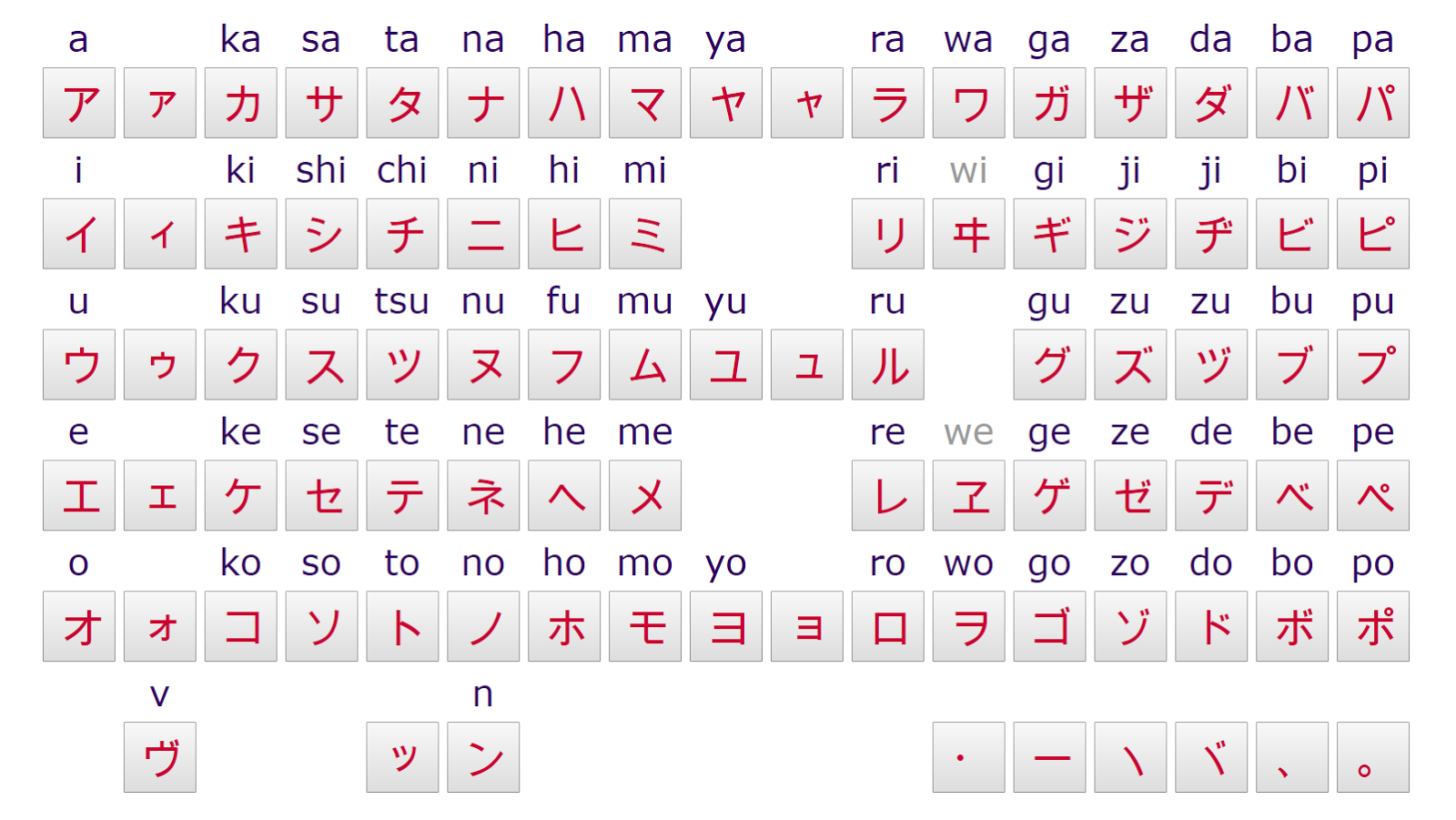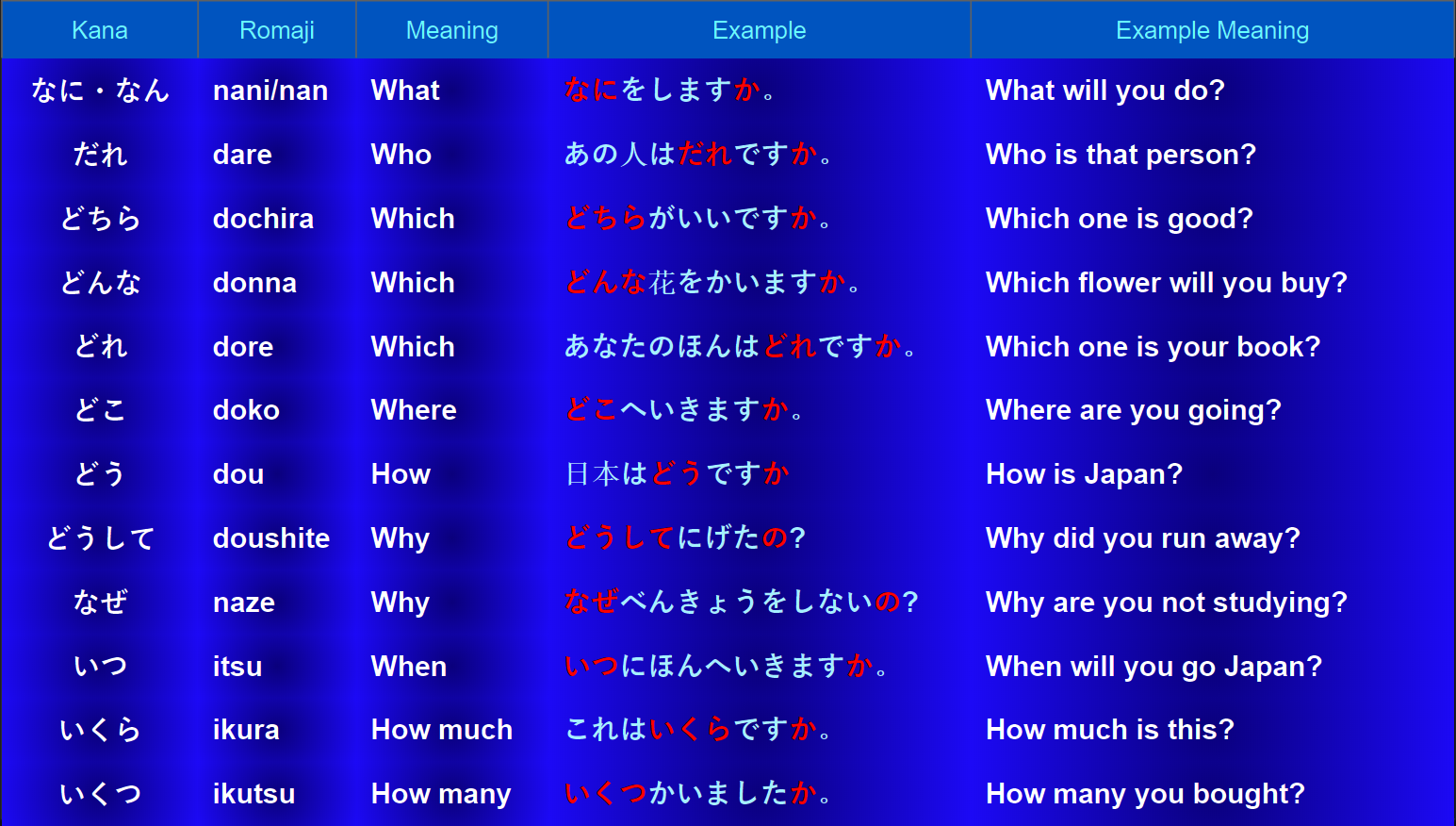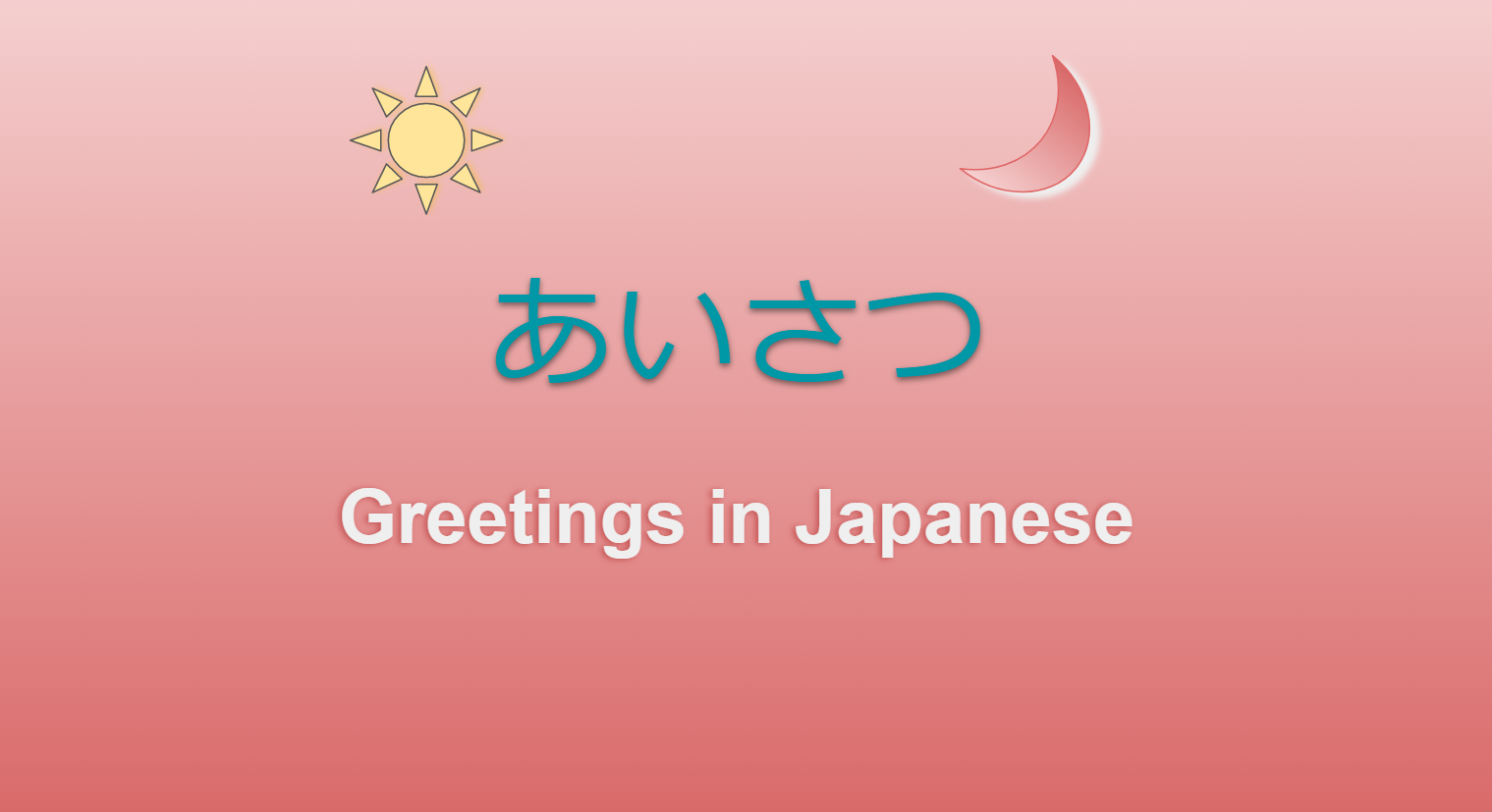JLPT N5 - Lesson 13 - Grammar - Verb: Part 2

Verb: Dictionary Form - ~Masu Form - ~Ta Form
In this lesson I will discuss about the Japanese verbs conjugation from 'plain form' to 'masu form' and to 'ta form'.
Dictionary Form
Plain form is the basic forms of Japanese verb also often referred to as 'dictionary form' or 'root form'. Plain form of verb usually take place in casual situations or in casual conversations.
- たべる [taberu] = to eat; Example: いまごはんをたべる。= (I will) eat rice now.
- くる [kuru] = to come: Example: かれはきっとくる。 = Certainly he will come.
- する [suru] = to do; Example: いまなにをする? = What (will you) do now?
- みる [miru] = to see; to watch; Example: テレビをみる。= (I will) watch tv.
- かく [kaku] = to write; Example: てがみをかく。= (I will) write a letter.
- きく [kiku] = to hear; Example: おんがくをきく。= (I will) hear music.
- いく [iku] = to go; Example: がっこうへいく = (I will) go to school.
- のむ [nomu] = to drink; Example: コーヒーをのむ。= (I will) drink coffee.
- よむ [yomu] = to read; Example: しんぶんをよむ。= (I will) read newspaper.
ます (masu) form
This is the "Polite form" and it is suitable in a wide range of circumstances.
Point to note: The part of the verb without 'ます' is the stem of the word. The stem of the dictionary form adjusted when used with 'ます form', for example: たべる is the dictionary form. When it become たべます, the 'る' portion is removed and たべ become the stem of the verb. かく is the dictionary form, when it become かきます, the 'く' become 'き' and the stem of the verb become 'かき'. Following are the verbs in masu form
- たべます [tabemasu]; Example: わたしはいまごはんをたべます。= I will eat rice now.
- きます [kimasu]; Example: かれはきっときます。 = Certainly he will come.
- します [simasu]; Example: いまなにをしますか? = What (will you) do now?
- みます [mimasu]; Example: テレビをみます。= (I will) watch tv.
- かきます [kakimasu]; Example: てがみをかきます。= (I will) write a letter.
- ききます [kikimasu]; Example: おんがくをききます。= (I will) hear music.
- いきます [ikimasu] ; Example: がっこうへいきます。 = (I will) go to school.
- のみます [nomimasu]; Example: コーヒーをのみます。= (I will) drink coffee.
- よみます [yomimasu]; Example: しんぶんをよみます。= (I will) read newspaper.
Past た (ta) form
Plain - た form; The verb 'た form' is used as the past affirmative form in casual conversations or in informal situations. Grammatically, it indicates completion of an action. Though it is a past form, but there are some sentence structures where 'た' form may conjugated to express something in the future. With certain verbs it transforms to 'だ', for example - のむ = のんだ.
Let's see how the above sentences in past form:
- たべた [tabeta]; Example: ごはんをたべた。= (I) ate rice.
- きた [kita]; Example: かれはきた。 = He came.
- した [shita]; Example: なにをした? = What (you) did?
- みた [mita]; Example: テレビをみた。= (I) watched tv.
- かいた [kaita]; Example: てがみをかいた。= (I) wrote a letter.
- きいた [kiita]; Example: おんがくをきいた。= (I) heared music.
- いった [itta]; Example: がっこうへいった = (I) went to school.
- のんだ [nonda]; Example: コーヒーをのんだ。= (I) drank coffee.
- よんだ [yonda]; Example: しんぶんをよんだ。= (I) read newspaper.
Past Polite Form - ~ました
The polite form of verb 'ます' will become ました to indicate an action was completed in the past.- たべました [tabemashita]; Example: ごはんをたべました。= (I) ate rice.
- きました [kimashita]; Example: かれはきました。 = He came.
- しました [shimashita]; Example: なにをしました? = What (you) did?
- みました [mimashita]; Example: テレビをみました。= (I) watched tv.
- かきました [kakimashita]; Example: てがみをかきました。= (I) wrote a letter.
- ききました [kikimashita]; Example: おんがくをききました。= (I) heared music.
- いきました [ikimashita]; Example: がっこうへいきました = (I) went to school.
- のみました [nomimashita]; Example: コーヒーをのみました。= (I) drank coffee.
- よみました [yomimashita]; Example: しんぶんをよみました。= (I) read newspaper.
Final note: です which means 'am/is/are' is the polite form of verb 'to be', and でした is the polite past form. Plain past form is だ. For example:
きょうはあついです。= Today is hot.
きのうはあついでした。
Today's lesson is up to here. Gradually we will move to more complex grammar structures.
- Lesson 1: Why Japanese Language
- Lesson 2: JLPT N5 Introduction
- Lesson 3: Hiragana Part 1
- Lesson 4: Hiragana Part 2
- Lesson 5: Katakana Part 1
- Lesson 6: Katakana Part 2
- Lesson 7: Kanji Part 1
- Lesson 8: Japanese Everyday Greetings
- Lesson 9: Japanese Particles Introduction
- Lesson 10: Grammar Time
- Lesson 11: Verb Basic
- Lesson 12: Vocabulary - Family Members










Comments
Post a Comment